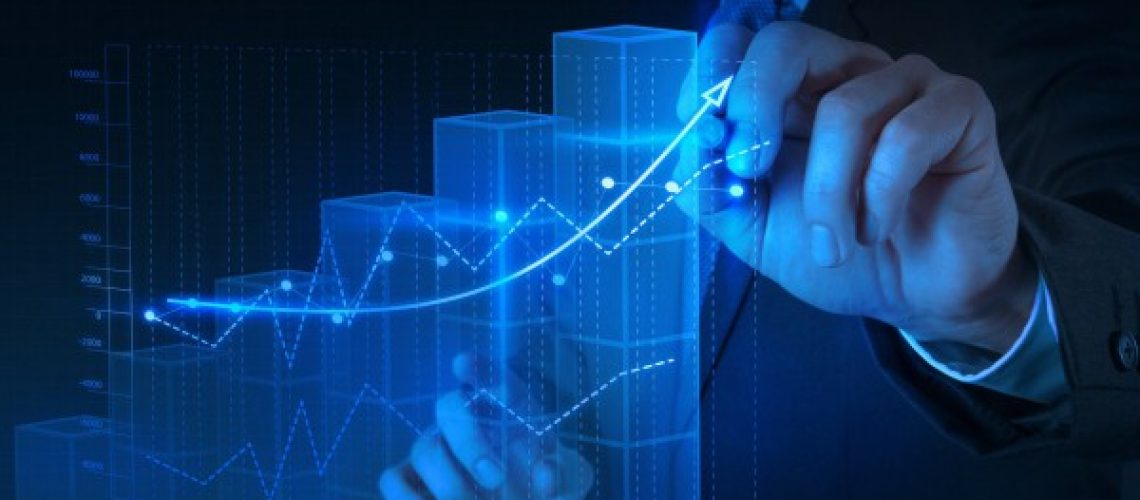What is the role of data analysis in the accounting world?
Introduction
Data analytics is the science of conveying raw data to make it understandable, and to draw genuine conclusions from the information.
Accountants usually report huge amounts of information by examining and interpreting data effectively with the aim of improving business decisions.
Accounting for data analysis plays a significant role in illuminating valuable financial insights, improving operations, increasing efficiency, and managing risk in businesses.
To help you get started, let’s delve into data analytics and how it can help shape your future in the accounting field.
What You Will Learn in this Chapter
- Types of data analytics in accounting
- How to effectively use the input-process-output (IPO) model
- How to use data analytics in your accounting practice
Types of Data Analytics
Today, a number of accountants specialize in using big data to streamline investment decisions as well as to pinpoint various patterns in their respective industries. Your business can use these patterns to build analytic models that sequentially help in improving profits and identifying investment opportunities.
Various types of data analytics can help you highlight the importance of proper bookkeeping to ensure reports are usable. If there’s any “garbage in”, accounting for data analysis takes the “garbage out” by generating reports such as profit and loss, balance sheet and create ratios such as Cash ratio, AR days, cash conversion cycle etc.
To understand big data, the following key types of data analytics come into play:
- Descriptive Data Analytics (What is happening?)
This type of data analytics helps in obtaining key insights based on historical data, which you can use to generate standard spreadsheet reports. Usually, it is suitable for categorizing information using counts, averages, sums, and percentages that help in monitoring the flow of money in your business. Descriptive analytics accurately compile and verifies large amounts of data to generate reports on your revenue, expenses, inventory, tax etc.
- Diagnostic Data Analytics (Why did it happen?)
Even though it examines the causes of past results, diagnostics data analysis is widely used to monitor data changes over a period of time. Interactive dashboards and variance analyses take center stage here in order to analyze variances as well as to calculate the historical performance of your business regularly. It is crucial to use these calculations to build reasonable forecasts because your past performance is suitable in predicting your future performance.
- Predictive Data Analytics (What will happen? When will it happen? Why will it happen?)
You can use this type of data analytics to assess the possibility of achieving your projected results in your business. This process helps in predicting the balance of your accounts receivable as well as each customer’s collection period. By developing models that eliminate control failures, you can build forecasts that pinpoint the exact patterns surrounding your business projections.
- Prescriptive Data Analytics (What should you do or what should happen?)
If you are torn between different options to choose from, you should consider making your decisions from the perspective of machine learning and optimization techniques that can help you make critical business decisions. Accountants usually create predictions and recommend key growth opportunities for the future or occasionally cross-examine poor choices, e.g. the use of discounts and the collection of accounts receivable.
How to Effectively Use Input-Process-Output (IPO) Model
The input–process–output (IPO) model uses diagrams and system analysis texts to compute data, reveal the results and generate reports from inputs received from different sources or users.
The extensive use of the IPO approach demonstrates that it is effective in planning, processing and troubleshooting information to demonstrate the way your business operates. The input–process–output model helps you get proper inputs so that you can have better and accurate output.
There are 3 categories used in the system:
- A requirement from the environment (input)
- A computation of the requirement (process)
- A provision for the environment (output)
The following are the actionable and intangible ways of using the IPO model:
- Ensures Product Fulfillment
As a business owner, you can use an IPO model to customize product fulfillment, which refers to the steps your company takes to receive, process, package and distribute orders to customers. You can also introduce the IPO model to your team in order to hasten the process of completing various operational tasks accurately. Eventually, not only will your business be profitable, but your employees will also enjoy using a reliable learning tool.
- Reveals Key Information Patterns
The IPO model goes the extra mile in establishing various facts and figures precisely and swiftly. Small businesses can use it to gather information and compile reports. For example, when your company is constantly changing job descriptions, the IPO model can help you outline how employees filter and control the required information. In addition, you can use the IPO models for every department to analyze your business networks and to locate possible communication flaws.
- Establishes Cohesive Teams
If you want your team to be on toes with the day-to-day operations of your business, you need to use an IPO model for every department regularly. This will act as a reminder that all departments must adhere to the laid down procedures. For this to work effectively, each department must actively take part in order fulfillment. For instance, the customer service department receives the order, the accounting department computed the pricing, and the warehouse team carries out the distribution.
- Restructures Outdated Systems
The input-process-output model is the most effective way of reorganizing your outdated business accounting systems. For instance, if your order fulfillment is contracted out, you really don’t need your timeworn model because it will be invalid. The IPO model comes in handy if you need to use its well-structured diagrams to show your employees how to use execute order fulfillments. You can also conduct a comparison of the old and new IPO models in order to know the extent to which they affect the performance of your team and to plan for new systems.
How to Use Data Analytics in your Accounting Practice
Since big data is prevalent in the modern-day business world, the use of data analytics helps businesses to find valuable insights within the industry. Therefore, you must develop an analytical mindset and be well conversant with computing data in order to meet client demands and reach informed strategic business decisions.
The following are some of the leading ways in which you can use big data analytics in your accounting practice or any business with established accounting practices:
- Detect and Manage Risk
While you can use big data to grow your businesses and interact with clients more productively, there are many risks involved. You can attract both internal and external risk factors that can affect the smooth flow of operations, such as safeguarding business assets as well as retaining clients and employees. You can use data analytics to manage such risks by gathering a wide range of logical data points to analyze them expansively.
- Monitor Business Performance
Nearly every business requires an accountant to effectively monitor and evaluate their performance so that they can maintain or improve their profitability. Data analytics is the most effective way that accountants can review the financial information of their respective businesses. In the end, your company can meet its goals, intensify its sustainability and maintain or improve its performance.
- Improve Customer Experience
You can use data analytics to improve the experiences of your customers. This can be achieved by delving into a number or related factors, including the turnaround time for gathering data using customer satisfaction surveys, conducting an audit, filing tax returns, and generating reports such as profit and loss, balance sheet etc. Therefore, data analytics go a long way in attracting and retaining customers.
- Reduce Operation Costs
Running your business smoothly and without a hitch calls for proper data analysis using a reliable system, which goes a long way in cutting costs. By pinpointing the specific areas or departments that use excessive and avoidable finances, you will know the amount of operational and production costs you can cut as well as the most suitable technology for reducing them. For instance, you can choose to procure goods from new suppliers, use cost-effective advertisement methods, and many other ways of taking full advantage of cost reduction.
Conclusion
Accounting for data analysis in the modern-day business world has become prevalent as it is fueled by the rapid innovation of technology and big data. It is important to be mindful of the extent to which big data analytics can influence your accounting profession or business in general.
Data analysis in the accounting world also makes it possible for businesses to make precise actions from informed decisions while at the same time avoiding activities that do not add value to your business. Therefore, the analytics will reveal the extent to which existing information will help your business accomplish its objectives in the long run.
If you are not skilled in using accounting for data analysis, make sure you hire an experienced accountant who can help you conduct quality data analysis for your business.


